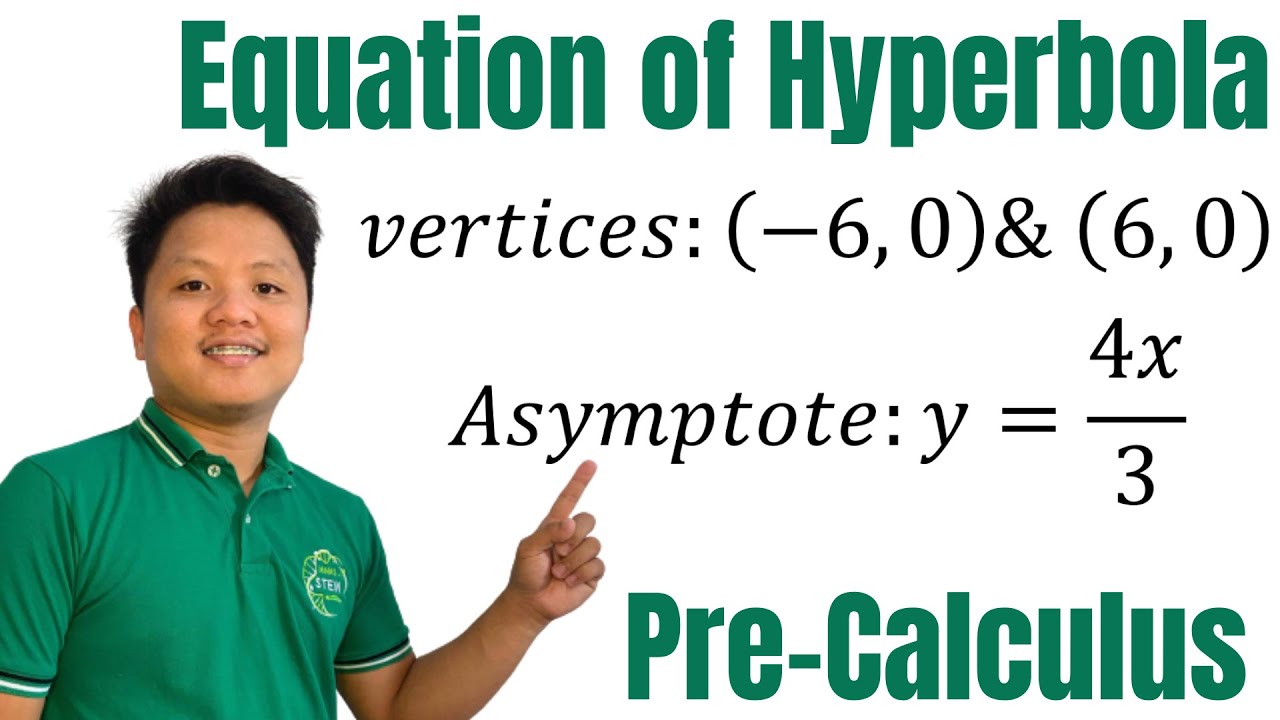Die rolling probability | Probability and combinatorics | Precalculus | Khan Academy
TLDRThis script explains how to calculate the probability of rolling doubles with two six-sided dice. It outlines the process of listing all possible outcomes and identifies those where both dice show the same number. With 36 total outcomes and 6 satisfying the condition of doubles (1-1, 2-2, 3-3, 4-4, 5-5, 6-6), the probability is calculated as 6/36, which simplifies to 1/6. Therefore, the probability of rolling doubles on two six-sided dice is 1/6.
Takeaways
- 🎲 The event in question is rolling doubles on two six-sided dice numbered from 1 to 6.
- 🧮 Rolling doubles means getting the same number on both dice, such as 1 and 1, 2 and 2, etc.
- 📊 There are 36 possible outcomes when rolling two six-sided dice (6 sides per die).
- 📝 The sample space for the first die is 1, 2, 3, 4, 5, 6.
- 🔢 The sample space for the second die is also 1, 2, 3, 4, 5, 6.
- 🔍 By creating a grid, we can visualize all possible outcomes of rolling two dice.
- 📋 Each cell in the grid represents a unique outcome, such as (1,1), (1,2), etc.
- ✅ There are 6 outcomes that satisfy the event of rolling doubles: (1,1), (2,2), (3,3), (4,4), (5,5), (6,6).
- ⚖️ The probability of rolling doubles is calculated by dividing the number of successful outcomes (6) by the total number of possible outcomes (36).
- ✔️ The probability of rolling doubles on two six-sided dice is 1/6.
Q & A
What does it mean to roll doubles on two six-sided dice?
-Rolling doubles means that both dice show the same number on the top.
What are some examples of rolling doubles?
-Examples include rolling a 1 and a 1, a 2 and a 2, a 3 and a 3, a 4 and a 4, a 5 and a 5, or a 6 and a 6.
How many possible outcomes are there when rolling two six-sided dice?
-There are 36 possible outcomes, calculated as 6 (for the first die) times 6 (for the second die).
How can you visualize the possible outcomes of rolling two six-sided dice?
-You can visualize the possible outcomes using a 6x6 grid, where each cell represents a combination of outcomes for the two dice.
How many outcomes satisfy the condition of rolling doubles?
-There are 6 outcomes that satisfy the condition of rolling doubles.
What is the probability of rolling doubles on two six-sided dice?
-The probability of rolling doubles is 1/6.
How do you calculate the probability of rolling doubles?
-The probability is calculated by dividing the number of outcomes that satisfy the condition (6) by the total number of possible outcomes (36), which simplifies to 1/6.
What does the sample space represent in this context?
-The sample space represents all possible outcomes when rolling two six-sided dice.
Why is it important to understand the sample space when calculating probabilities?
-Understanding the sample space is important because it allows you to determine the total number of possible outcomes, which is necessary for calculating probabilities accurately.
Can you list the specific outcomes that represent rolling doubles?
-The specific outcomes are (1,1), (2,2), (3,3), (4,4), (5,5), and (6,6).
Outlines
🎲 Understanding Probability of Rolling Doubles
The paragraph explains the concept of rolling doubles with two six-sided dice. Rolling doubles means getting the same number on both dice, such as 1 and 1, 2 and 2, etc. It outlines the sample space for rolling two dice, detailing the possible outcomes. A grid is drawn to visualize all potential outcomes, showing that there are 36 possible combinations when rolling two dice. The paragraph identifies that six of these combinations are doubles (1-1, 2-2, 3-3, 4-4, 5-5, 6-6).
📊 Calculating Probability
The paragraph concludes the explanation by calculating the probability of rolling doubles. With 6 favorable outcomes out of 36 possible outcomes, the probability is determined to be 6/36, which simplifies to 1/6. Therefore, the probability of rolling doubles on two six-sided dice is 1/6.
Mindmap
Keywords
💡Probability
💡Doubles
💡Six-sided dice
💡Sample space
💡Outcomes
💡Favorable outcomes
💡Grid
💡Total outcomes
💡Event
💡Simplify
Highlights
Rolling doubles means getting the same number on both dice.
Examples of doubles: 1 and 1, 2 and 2, 3 and 3, 4 and 4, 5 and 5, 6 and 6.
The event in question is rolling doubles on two six-sided dice numbered from 1 to 6.
Possible rolls for each die are 1, 2, 3, 4, 5, and 6.
There are 36 possible outcomes when rolling two six-sided dice.
The outcomes can be represented in a grid format for better visualization.
Each cell in the grid represents a unique outcome from rolling two dice.
Examples of outcomes: (1,1), (3,2), (4,5).
There are 6 outcomes that are doubles: (1,1), (2,2), (3,3), (4,4), (5,5), (6,6).
The number of outcomes that satisfy the criteria of rolling doubles is 6.
The total number of outcomes in the sample space is 36.
The probability of rolling doubles is calculated as the number of favorable outcomes divided by the total number of outcomes.
The probability of rolling doubles on two six-sided dice is 6/36.
6/36 simplifies to 1/6.
Therefore, the probability of rolling doubles on two six-sided dice is 1/6.
Transcripts
Browse More Related Video
5.0 / 5 (0 votes)
Thanks for rating:





